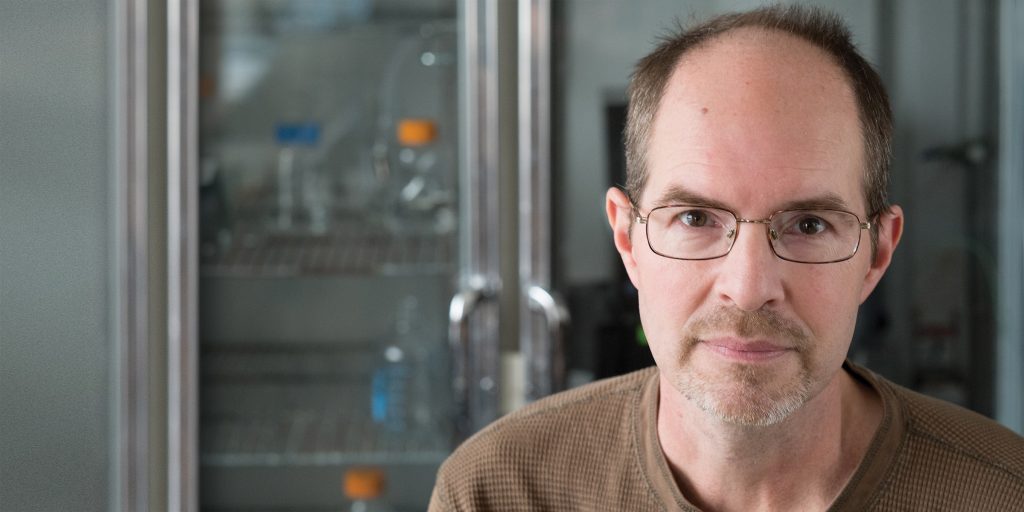When a coronavirus infects a cell, internal cellular membranes are reorganized into double-membrane vesicles (DMVs), and the most critical process for the virus, replication of its RNA genome, takes place inside these vesicles. The contents of the vesicles cannot be isolated from the rest of the cell so the vesicles contain a gigantic molecular pore to allow transport of macromolecules into and out of the vesicles. The molecular structure of the pore is unknown. The Darst lab is isolating DMVs containing pores and use cryo-electron microscopy to visualize the structure and thereby understand a critical step in the viral life cycle, which may provide new drug targets for fighting the next pandemic.
